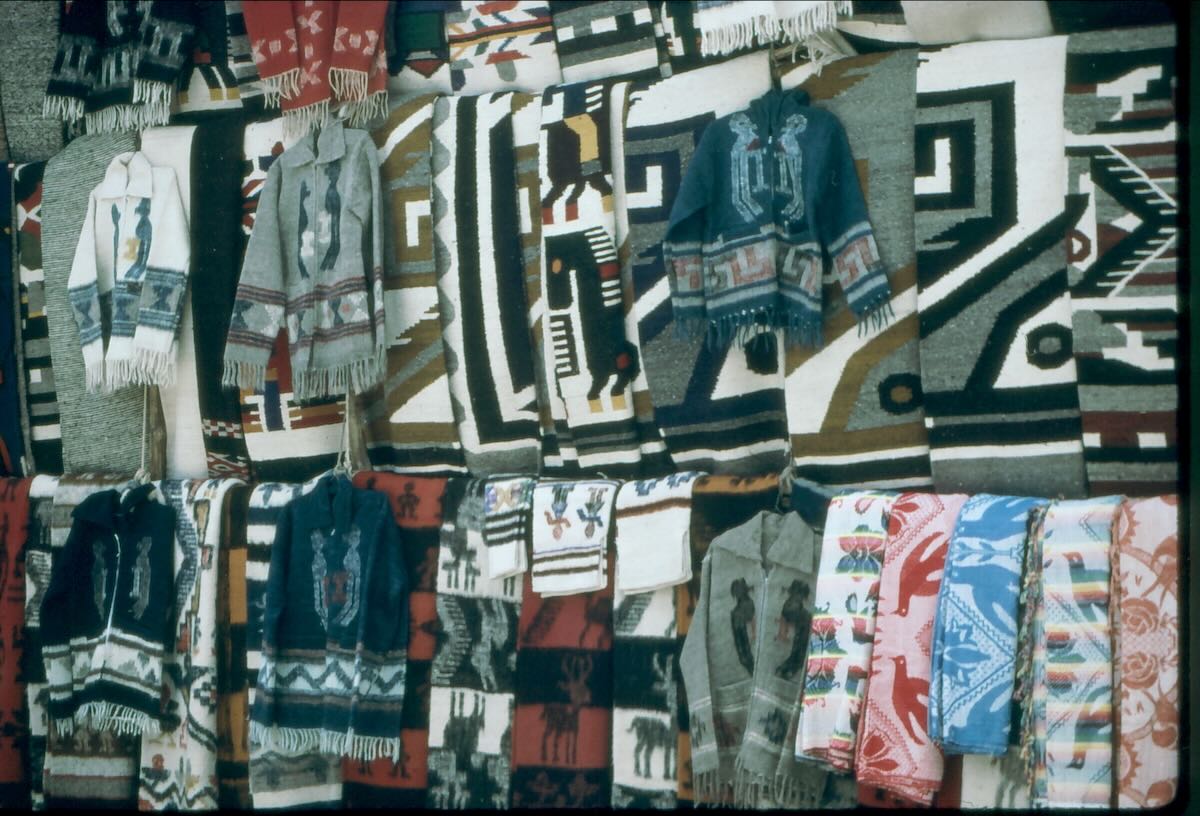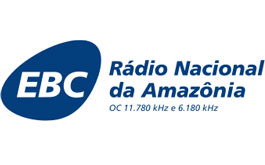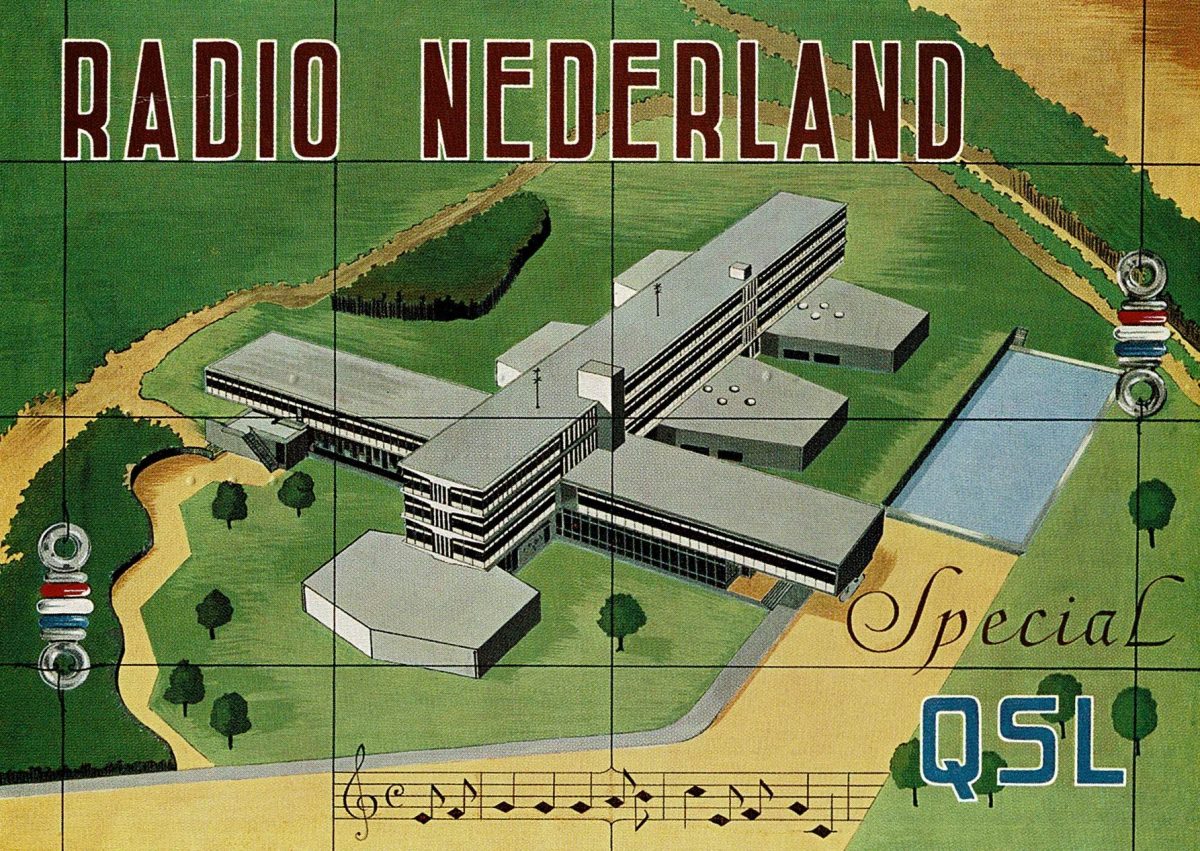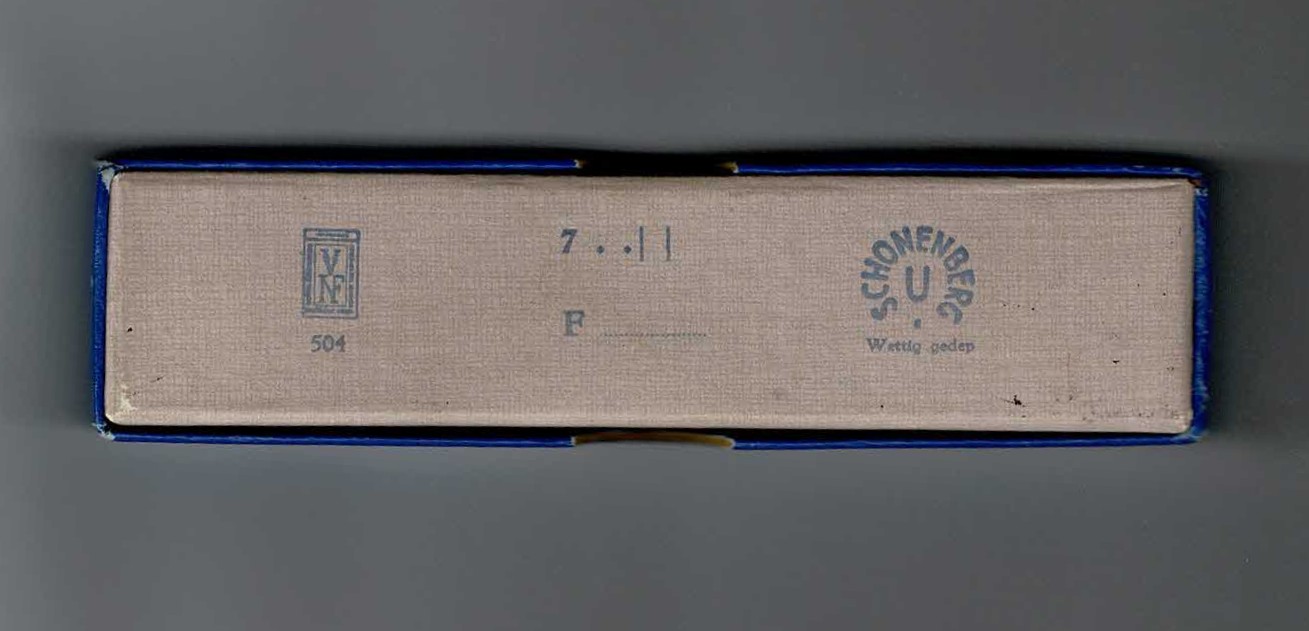Many thanks to SWLing Post contributor Don Moore–noted author, traveler, and DXer–for the latest installment of his Photo Album guest post series:
Don Moore’s Photo Album:
Guatemala (Part Five) – Visiting Nahualá
More of Don’s traveling DX stories can be found in his book Tales of a Vagabond DXer [SWLing Post affiliate link]. If you’ve already read his book and enjoyed it, do Don a favor and leave a review on Amazon.
After my first attempt to visit La Voz de Atitlán failed in June 1983, I turned my sights northward. The next morning in Panajachel I boarded a bus bound for Guatemala City but got off when the bus reached the main highway at the Los Encuentros intersection. A few minutes later I caught a ride on a ‘chicken bus’ headed north to my first destination of the day – Chichicastenango.
Chichicastenango is not a town that DXers would be familiar with but anyone who has seriously traveled around Guatemala has surely been there at least once. The outdoor markets held on Thursday and Sunday are among the largest in all of Central America. Guatemala has dozens of towns with long names ending in …tenango, meaning “place of.” Chichicastenango is the place of the chichicaste plant, in reference to a thorny bush that grows in the area. Most of the time people just call the town Chichi as it’s common to drop the tenango part from names when speaking.
For over five hundred years, Quiché Mayans from the surrounding area have been coming here twice weekly for the market held in the plaza in front of the Santo Tomás church. The steps to the church are always filled with flower vendors and men swinging containers of incense.
In the early days of the Spanish conquest, Catholic churches were often built on the sites already holy to the Indians. It was a clever way to get the newly forced converts to come to mass. In the case of Santo Tomás, however, they unknowingly picked a location of major spiritual importance in the Mayan religion. As a result many Mayan ceremonies involving nature and natural gods have survived in this area. Some became intertwined with Catholic practices while others were practiced in secret for centuries until it finally became safe to bring them out into the open again.
It was only June but I did my Christmas shopping that day and mailed everything home from Guatemala City a few days later. Guatemala’s post office was very reliable. Everything arrived safely in less than two weeks.
On to Nahualá
With my purchases packed in my now very heavy bag, I got on the next bus heading south and once again got out at Los Encuentros. This time I was looking for any bus heading west. I wasn’t going too far. A few minutes later a bus bound for Quetzaltenango stopped and I got on, telling the driver’s assistant that I wanted to get off at Nahualá.
I knew Nahualá was in the northwest corner of Sololá department a little way off the Pan-American Highway but I was surprised when about an hour later the bus stopped next to a cornfield in the middle of nowhere. I gave the driver’s assistant a puzzled look when he told me this was my stop. He explained that they could leave me off further down the highway where the road to Nahualá branched off. But it would be a long walk from there. From here, the walk was only about ten minutes. There was a well-worn path leading upwards through the cornfield, so I took him at his word. Continue reading















